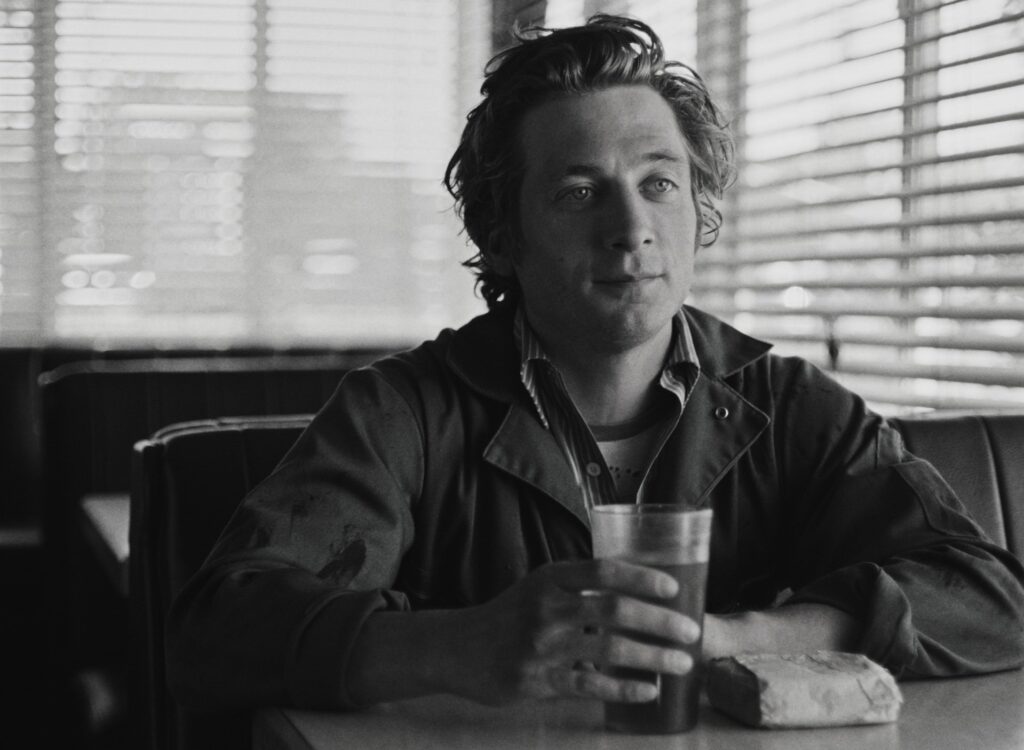Location, location, location. It’s important in real estate and it’s important on television: when you think about classic shows, more often than not you’re thinking in part about the world in which they take place. Pretty much all the hits of the recent Golden Age of drama were all about location, from Deadwood’s, well, Deadwood, to The Wire’s Baltimore to The Sopranos’ New Jersey.
Think about how important the desert was to Breaking Bad – none of these shows were telling stories you could just pick up and set down anywhere else. Even Mad Men, which was largely set in a bunch of offices, was set in a very specific location – it was just a time rather than a place.
The same goes for comedies too: what would The Simpsons be without Springfield? Or Atlanta without Atlanta? But while Australian dramas usually do a halfway decent job when it comes to location – as anyone watching the currently airing Mystery Road on the ABC (Sundays, 8.30pm) – our comedies often fall a little short when it comes to creating a compelling setting. Partly that’s because many of our big hits have been sketch shows; partly that’s because the classic sitcoms – Frontline, The Games – were much more about characters operating in a fairly generic office setting than actually getting out and about.
But there’s been a few sitcoms set in well-defined locations too: much of the success of Summer Heights High was down to the fact that it was set in a high school, AKA one of the few locations pretty much every single Australian has spent a number of years hanging around. And Kath & Kim did an excellent job of nailing a particular type of outer suburban lifestyle, even if they didn’t spend a whole lot of time hanging out down the shops.
But the one show that did do a decent job of pinning down a small slice of Australian life was the largely overlooked ABC sitcom Sando (out now on DVD). A comedy centred on a brash discount furniture maven and her struggles to re-integrate herself with a family that, let’s be honest, didn’t really want to know her, it wasn’t exactly known for underplaying its hand. But while some of the character work was a little broad (this was a show where a running joke involved two of the main characters constantly trying to find places to have sex), it did a rock-solid job of conjuring up that particular mix of bland and grim that goes with any large discount store.
If you’ve spent any time inside one of them, you know what I’m talking about: while small stores can also radiate despair, there’s something special about a warehouse full of neglected items on sale that really can get you down after a while. It’s a place where people go to find something that’s good enough; as shopping experiences go, it’s always something of a slog.
So while the family stuff didn’t always strike a spark, whenever Sando spends time in that seemingly endless collection of beds and furniture and white goods, it somehow comes to life.
Written by Anthony Morris
Recommended

Iconic Sydney label Elefant Traks announces closure after 26 years

These ALDI coffee beans have triumphed at international coffee awards

SummerSalt Festival is bringing global superstar Hozier to Torquay in 2024

Slipknot will headline Knotfest Australia in 2025

Critically acclaimed film 'Fremont' set to hit cinemas in Australia and New Zealand
